The Explainer is where we explain an aspect of Chinese life. Simple. So now you know.
Earlier this month, devastating rain and flooding struck the city of Zhengzhou, leading to a death toll of more than 50, state media reported.
Record rainfall hit Henan’s capital city – with more than 20 centimeters of rain falling in one hour, according to China’s meteorological observatory, as cited by CNN.
People were trapped in subway cars by the time the water flowed underground – leading to 14 deaths.
China has a long history of flooding. In 1931, the Yangzi-Huai flood killed as many as two million, with severe damage in central China, including Wuhan, Nanjing and other major hubs.
READ MORE: The Central China Floods of 1931
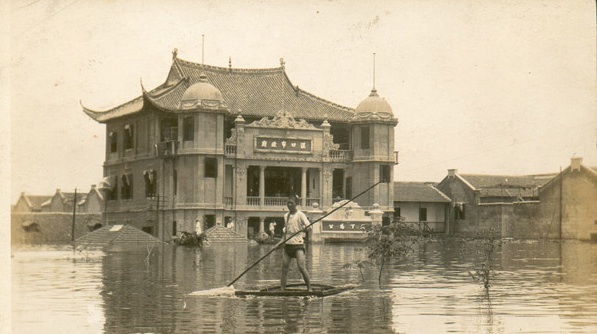
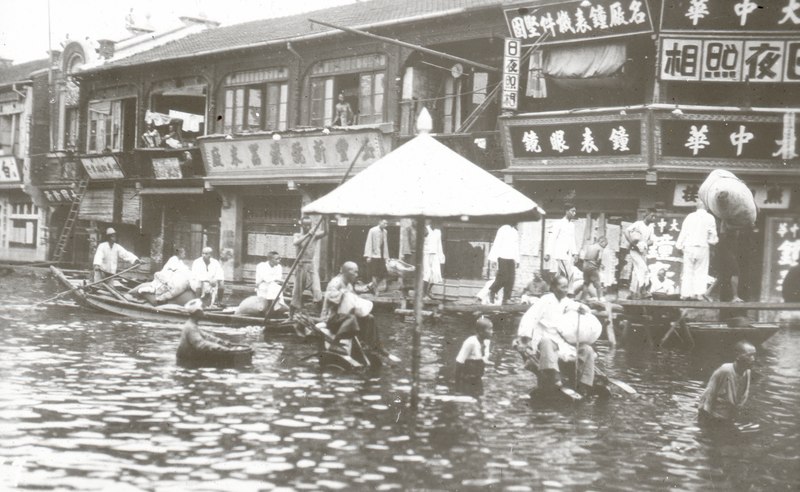
The 1931 China floods, or the 1931 Yangtze-Huai River floods, were a series of floods that occurred from June to August 1931 in China. Images via Wikimedia
Fast forward more than a half-century, a catastrophic flood near the Yangtze River killed over 3,000 people in 1998. The central and southern parts of China were battered for over 60 days.
While floods are a natural disaster, climate change, dam building and inadequate planning regarding underground spaces have been attributed to more recent occurrences.
The PRC is one of the fastest-growing countries in the world. And in turn, it has been the world’s largest emitter of CO2 annually since 2006.
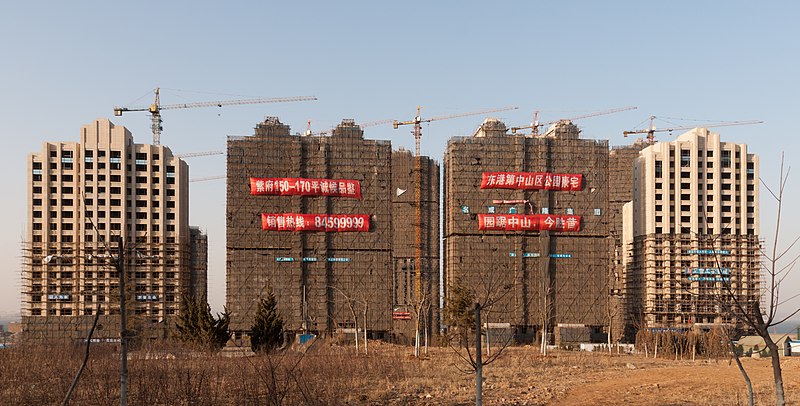
Construction in Dalian. Image via Wikimedia
Global warming has made China more vulnerable to natural disasters. “Seeing it over the long term, global warming has led to an increase in the frequency and intensity of extreme weather events,” says Song Lianchun, China’s National Climate Center meteorologist, as cited by South China Morning Post.
Research by Dr. Cheng Lijing and his team in 2019 shows that the Earth’s ocean absorbs the equivalent energy of five Hiroshima atom bombs every second. This warming of the ocean has led to the melting of glaciers, causing sea levels to rise.
With an increasing volume of water on the Earth’s surface, the number of days with rainfall has gone up by 4% nearly every decade. This increase in rainfall has led to a more severe flooding problem.
Dams are known to control the water flow. But when its structure is not designed properly to withstand the rainfall, there can be severe repercussions.
In July 2020, the Three Gorges dam saw displacement, seepage, and deformation when 61,000 cubic meters of water came gushing in.
The volume of water far surpassed the bearing limit of the dam, and three lower gates were forced to open as a result. The opening of these three gates meant that there was a concentrated amount of water being released into nearby areas, affecting the lives of people that live near the dam.
READ MORE: China's Worst Flooding in Decades Puts Pressure on Three Gorges Dam
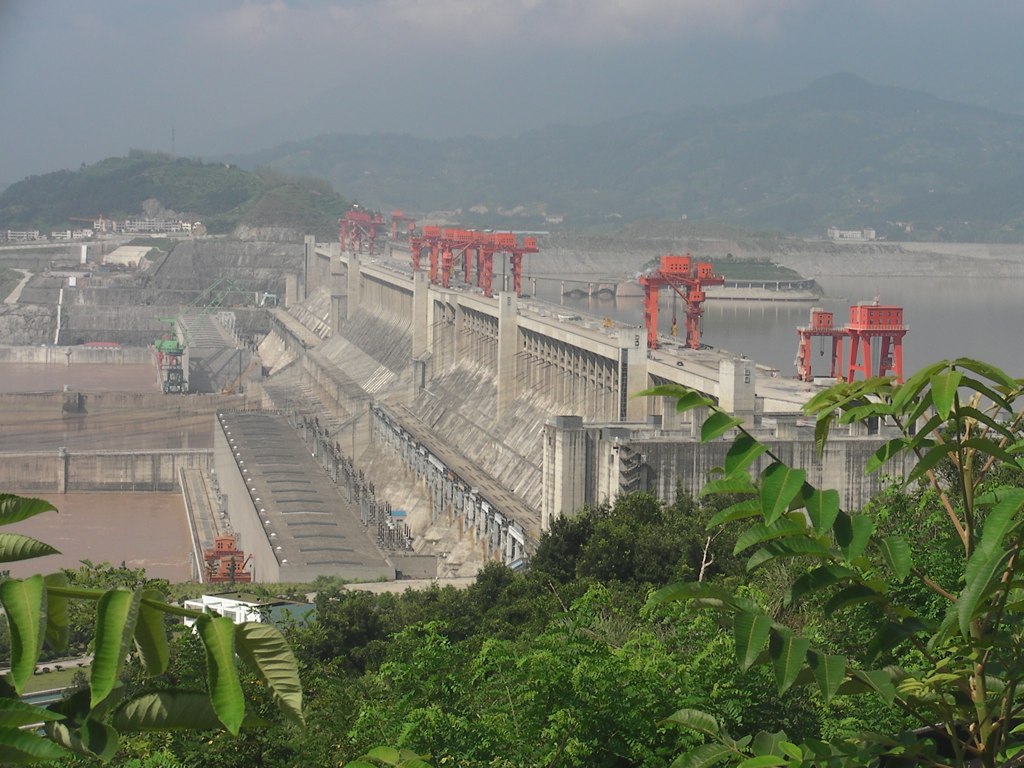
Three Gorges Dam. Image via Wikimedia
Beijing also blew up part of a dam in eastern Anhui province’s Luoyang to relieve flood pressure last year. The project has threatened the heavily populated areas nearby and has negatively impacted the ecological balance.
The most important takeaway is for people to pay more attention to how nature and human activities can clash and find a way to reconcile. It is not just about building the largest and tallest dam, but more so making sure if it is producing the maximum efficiency considering different factors.
In a 2021 article, state-run newspaper Global Times noted, “What people should learn from the floods is the importance of nature’s adjustments together with man-made facilities in dealing with extreme situations.”
As rainfall has become notably higher in recent decades, city planning in China has needed to adjust.
In particular, the underground drainage systems in some cities struggle to properly control floods. Drainage systems in China are still modeled after the design founded in the former USSR, according to Kong Feng, an associate professor of disaster and emergency management at China Agriculture University, in a Sixth Tone article published this month.
However, the Soviet Union did not experience nearly as much rainfall as China – leading to drainage systems being easily overwhelmed in the PRC.
Kong also points out in the article that underground pipes in Chinese cities don’t help as much with flooding. Here’s an excerpt:
“Most underground pipes in Chinese cities are used for sewerage rather than drainage, which further exacerbates the risk of disaster in cities during periods of exceptionally heavy rainfall. Underground drainage pipes and other drainage facilities have also been neglected, leaving them blocked by leaves and domestic sewage deposits, just when they’re needed most.”
Despite these problems, the country is taking active measures to tackle flooding.
Dr. Yu Kongjian has been addressing China’s flooding problem for over 22 years. He proposed the sponge city concept, which includes initiatives such as building roofs with grass to absorb the water, the installation of absorbent pavement, and wetlands across cities.
But this is also not a permanent solution to the flooding problem.
Yu shared his take on the issue with That’s in 2020, saying, “Since sea level rise is caused by global warming, it’s a global issue and we have to understand, adapt and mitigate. You have to know how to use less energy, fewer materials and reduce carbon emissions – that’s the big picture.”
Yu also started a project that aims to replace dams by designing a decentralized way to distribute water, which will reduce the damage done to the surrounding ecology.
In larger cities such as Shanghai, the introduction of a counter-buffer in skyscrapers has helped to make the city safer. But in the end, the future of China – and the world – will still depend on the consciousness of people to find a way to live sustainably.
READ MORE: How Rising Sea Levels Could Change Life in China Forever
For more of The Explainer, click here.
[Cover image via @中国日报-英文点律/Weibo]





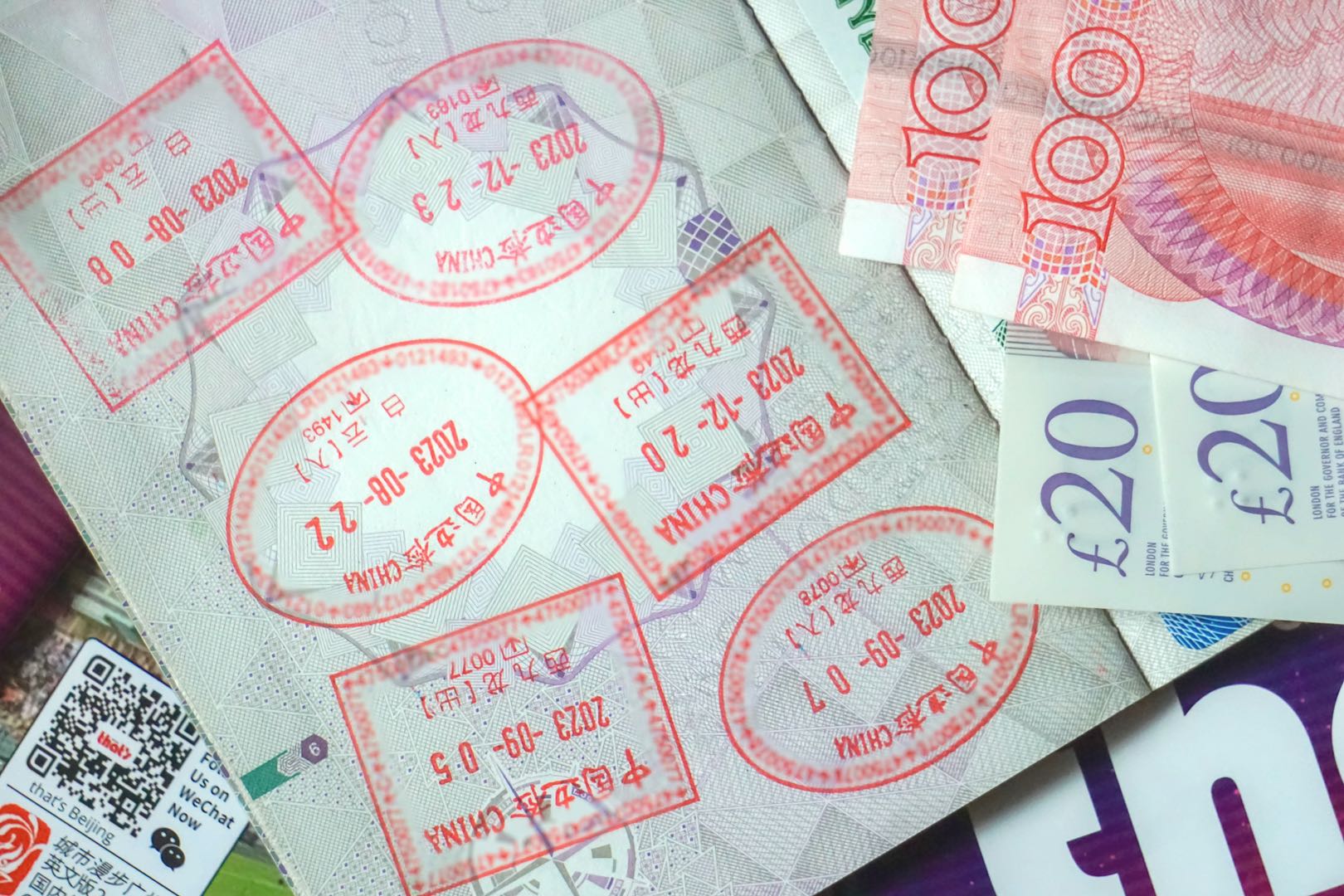
















0 User Comments